 INVADERS
INVADERSMondo Kawaii @..@
Alessandro Mercuri __ June 11, 2013
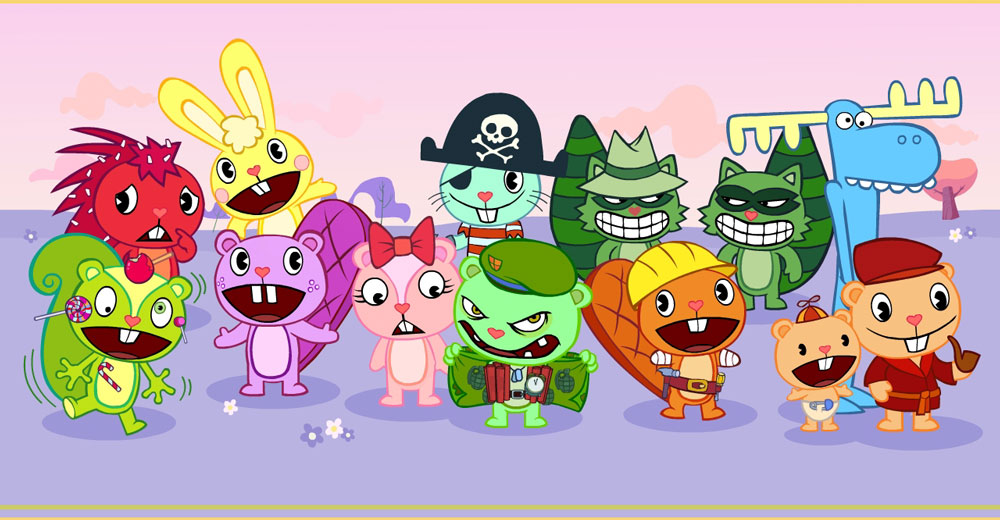
They are called Cuddles, Giggles, Lumpy, Toothy, Nutty, Flaky, Flippy. There are also Petunia, Splendid and Disco Bear. They are onomatopoeias, squirrels, rabbits, raccoons, beavers, cubs. They frolic around gleefully in a childish nature to the sound of a childish music tinted with hysteria. They are adorable, naive and innocent, a little simple-minded, and pleased because the kingdom of heaven is theirs. We are in a wonderful world, paradise for children, infans, meaning "those who do not speak". There are, in this world, adorable creatures which speak and sing an incomprehensible language made of onomatopoeias, interjections, grimaces and smiles. These anthropomorphic animals are the characters of the cartoon series Happy Tree Friends, and belong to a category of imaginary beings called the toons. "Beings" leads to metaphysics. There is a metaphysics of the Toon just as there is a metaphysics of the Everything and the Nothing, a world defined by Aristotle, as lying beyond the physical realities.
In an article dated August 27, 2005 at 07:52 AM, an anonymous contributor nicknamed Mister Cola describes, on the French version of Wikipedia, the toon as "a kind of (often American) cartoon character, surreal, funny, usually hysterical, and able to defy the laws of physics and/or logic in order to give the most pace to its stories."
On December 3, 1942, from Alma Ata in Kazakhstan, Sergei Eisenstein writes to the glory of Walt Disney. From the land that gave birth to Borat Sagdiyev, Kazakhstan, Eisenstein, the director of a communist and cinematographic revolution, theorizes the immense contribution of the inventor of Mickey to world culture. That Disneyland succeeded over Sovietland will not change anything. Yet History shall be rewritten to say it loud and clear that Eisenstein, one of the fathers of the cinematographic language, consistently praised the greatness of Walt Disney's toons. Because with its four fingers, Mickey opened a door to the unknown, our origins repressed by the intellectual dictatorships and philosophical tyrannies: the animist, pre-logical, oral and shamanic thinking. One of the first collateral victims of Soviet communism and its industrial development was, without a doubt, the Siberian shamanism. The ideological rationalism evicted the world of spirits and supernature. The cultural extinction was programed. At the twilight of the gods, the "poet-bard" vanished. Would the figure of Orpheus, charming with his lyre the wild animals, be more than a vague memory in us? When suddenly, in the middle of a clearing, we get a glimpse of a deer, ear pitched, and vibrant, attentive to the sayings of Eisenstein. Because Eisenstein writes: "Of course, Bambi is unavoidable. Bambi - it is a turning toward serious, eternal ecstasy (...), a plain and simple return to totemism and jump back into pre-history evolutionism[1]."
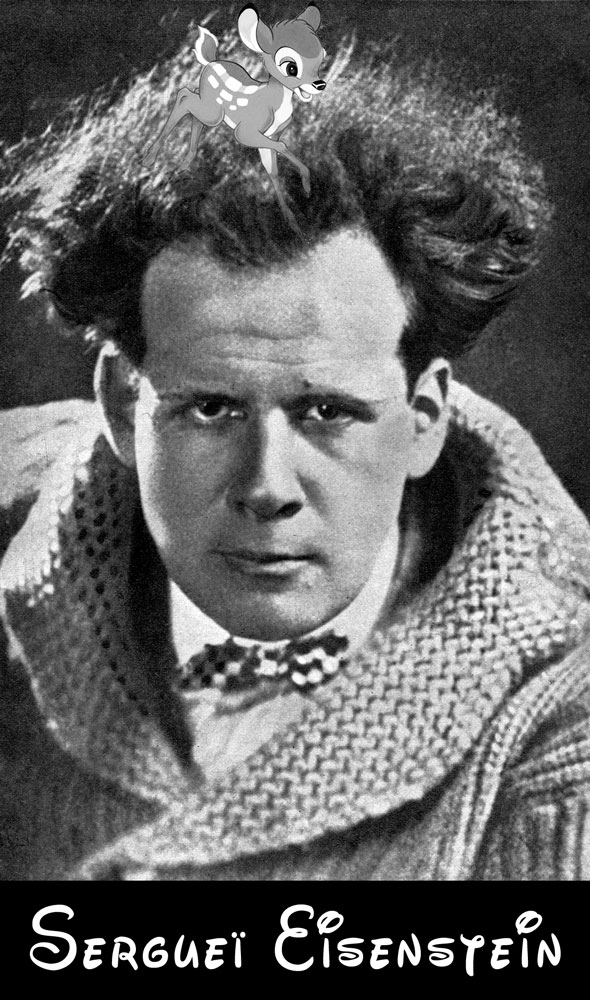
Since the Disneyesque ecstasy, Moscow vigilantly follows the evolution of the Californian cartoon. Roarrr!!!! A Latin formula is written above the roaring lion of the MGM Studios: Ars gratia Artis. Art for art, what a superb chocolate tautology covered with panache and irony! Despite the utopic-cryptic-communistic-toonesque deliriums, Hollywood, the industry, is, according to Eisenstein, this great emancipatory force for the benefit of the American working masses. From the MGM, Warner Bros and Paramount studios would flow quantities of beings with exceptional plastic properties, worthy of Ovid's metamorphosis, Tex Avery metamorphosis: Bugs Bunny, Daffy Duck, Droopy the hound, Screwy Squirrel the nut cracking squirrel. And there was the Internet.
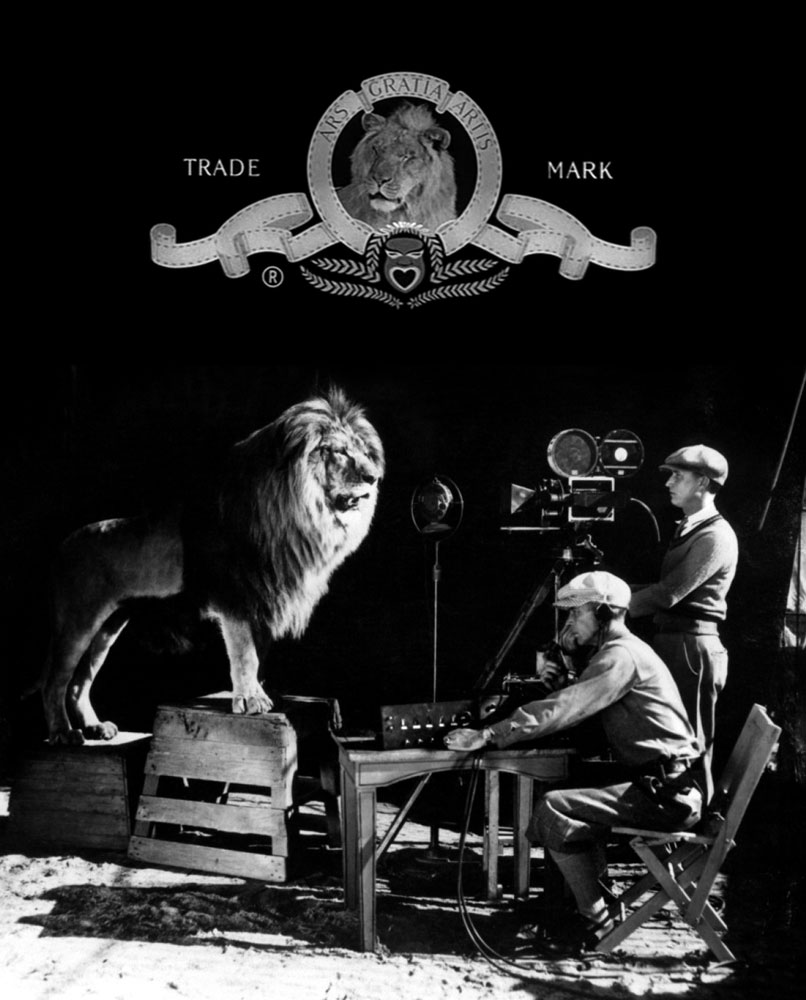
In 2000, AOL, America Online, Internet Services company, bought Time Warner for more than $160 billion. In 2006, Pixar, property of Apple Computer, is purchased by The Walt Disney Company. Here the question "how much is it?" has little meaning. The question becomes more secret, symbolic, and venal: "Who is buying who?" is now the question. Thanks to this financial transaction, Steve Jobs, the guru boss of Apple, becomes the main individual shareholder of Disney. After the Disneyfication of the real world, we are now immersed in an Apple-ized world, fusion of the Three Graces: Glee, Splendor and Abundance, and union of the three apples: Eve, Snow White and Newton.
It is at the beginning of the years 2000, in the middle of the Internet bubble speculative crisis, that the series Happy Tree Friends, designed, written and animated for the web, begins to form in the minds of its creators. One of them, Kenn Navarro, Filipino American animator who was designing video games with Mondo Media at the time, remembers: “Mondo was approached by an outside client looking for animation to use in a commercial. The commercial was to showcase violence in cartoons and how kids should not be watching them on television. That sparked many ideas, eventually turning into Happy Tree Friends.” The good feelings and the moral vigilance morphed. The irony of the story is delicious; the overthrow of the values is an insult to good morals. Happy Tree Friends, the merry friends of the trees, represent actually the pinnacle of cartoon violence. Cuddles, Giggles, Lumpy, Toothy, Nutty, Flaky, Flippy, adorable squirrels, rabbits, raccoons, and beavers, delight us by their painless and childish recklessness, candor and joy of living. They recall by certain traits of pencil and character the pop art aesthetic and kawaii of the Superflat movement from the artist Takashi Murakami. Kawaii means "cute" in Japanese. The archetypal kawaii representative is called Hello Kitty, this small female cat which doesn't have a mouth for she speaks from her heart, according to the slogan of Sanyo, the company which created the character.
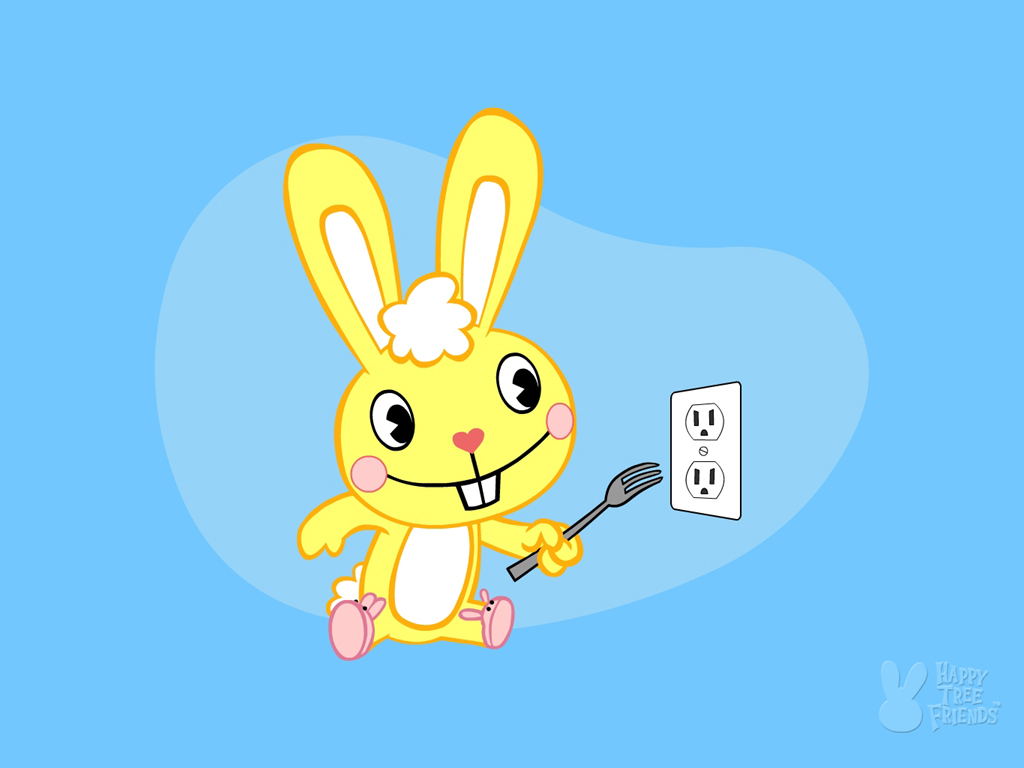
Happy Tree Friends® and following © Mondo Media. All Rights Reserved.
On the contrary, the characters of Happy Tree Friends have a heart-shaped nose, but from their mouth quickly spurts a torrent of blood and viscera. The art of the kawaii surface hides the depth of the bowels, the interiority of the organs, and the white or gray substance of the soul.
In the blink of an eye, the quartering of flesh reveals from behind the flowers. The ever pastoral and bucolic landscapes get splattered with hemoglobin. The delightful creatures, inadvertently or by revenge, kill and torture in a real lesson of anatomy. They are eviscerated, enucleated, scalped, crucified, beheaded, vivisected, burned, charred, pierced, trepanned, quartered, sawed, skinned, disemboweled, and sometimes even dismembered. The execution is a show, the torment a delight. Gotta bleed and spurt blood. Some ask for more, others emerge soiled as if they had plunged their hands into something soft, tortuous and warm. Is it the brain, this organ which Alan Turing, the father of algorithms and of the computer, said that it had the consistency of cold porridge?
But the success is huge; the audience is a record high. According to the institute Visible Measures, the series totaled, in October 2009, nearly 20 million web viewers, ranking number one on the charts of the Webisode Series, the series specially designed for the Internet. The public indulges with delight in the offense, or is offended by this maelstrom of violence. The complaint letters received by the creators of the series do not stop raving insults: “Just dropping you a line saying that you made a 12 year old have trouble sleeping. You’re horrible, horrible people. Go to Hell. And please cancel the show while you’re at it. I hope you’re happy but honestly I don’t. By the way, that same 12 year old puked. I know it sounds crazy to puke while crying. How do you sleep at night?”
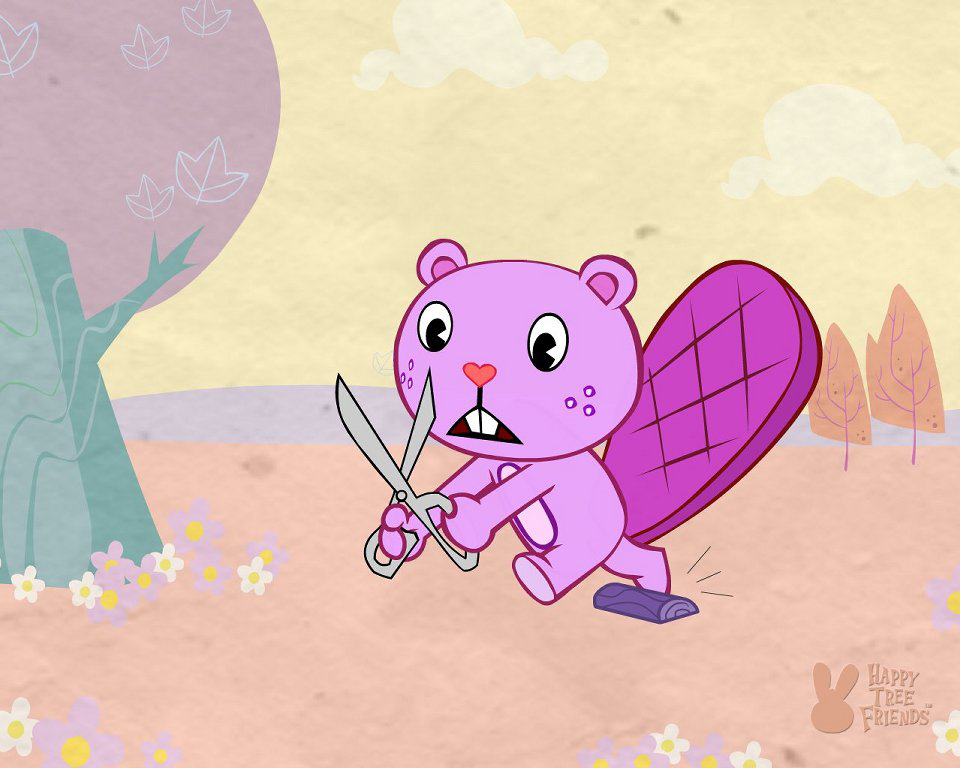
On the way to extreme horror, the Gore, the pupils are dilated, the looks are amazed, and the heart is the mouth. The hallucination and the nightmare haunt you. From an elevator shaft, a cascade of blood flows like a river. Then the screen, like a swimming pool, completely fills with blood. The scene from The Shining is viewed as if behind a glass of red drips, through a filter with amaranth, carmine, garnet tints. In the country of the Gore, one no longer sees by anything else but the blood, for the blood. To see through the blood, that is the fantasy of the kind.
Happy Tree Friends is produced by Mondo Mini Show, property of Mondo Media. The use of Mondo, as that of Gore, refers to the universe of so-called commercial movies, exploitation of the imaginary by the voyeurism. From the B-movies to the Z-movies, the Mondo erected the voyeurism as the symbolic and lustful origin of the cinema. Great filmmakers such as Russ Meyer and John Waters indulged with complacency and delight in the kind: Mondo Topless in 1966 and Mondo Trasho in 1969. The retinal excitation is intense, lewd and cruel. The volume I of Aristotle's Metaphysics opens with this apology of cognitive voyeurism: “All men by nature desire to know. An indication of this is the delight we take in our senses; for even apart from their usefulness they are loved for themselves; and above all others the sense of sight.”
Four centuries before Aristotle, Homer already excelled in the art of warfare exploitation. The Iliad abounds of gore-poetical exactions: [He] overtook him as he was flying, and struck him on the right buttock. The point of the spear went through the bone into the bladder, and death came upon him as he cried aloud and fell forward on his knees. (…) he got close up to him and drove a spear into the nape of his neck: it went under his tongue all among his teeth, so he bit the cold bronze, and fell dead in the dust. (…) and the dew fell red with blood (…) he cut off his hands and his head which he sent rolling in among the crowd as though it were a ball. (…) —death—cry and shout of triumph of slain and slayers, and the earth ran red with blood. (…) the bronze point of the spear went clean through it beneath the brain, crashing in among the white bones and smashing them up. His teeth were all of them knocked out and the blood came gushing in a stream from both his eyes; it also came gurgling up from his mouth and nostrils, and the darkness of death enfolded him round about. (…) The point of the spear pierced him through and came out by the navel, whereon he fell groaning on to his knees and a cloud of darkness overshadowed him as he sank holding his entrails in his hands.
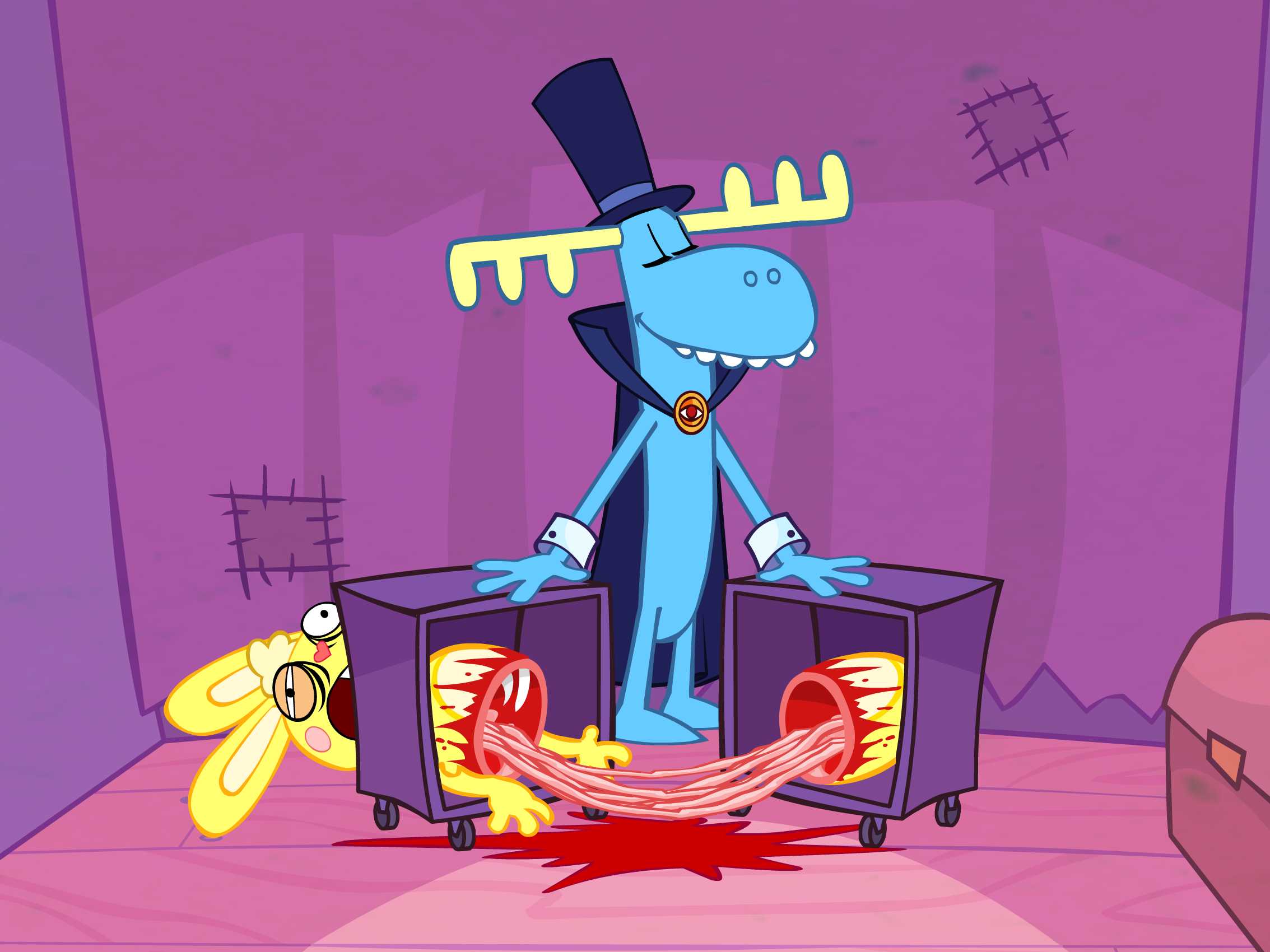
For Aristotle, Homer is this divine, unmatched poet, the one who began to put war into poetry. The horror is a crucial moment of catharsis, which, through pity and fear, achieves the purging of emotions. In Poetics, in the chapter 16, the philosopher writes: “Objects which in themselves we view with pain, we delight to contemplate when reproduced with minute fidelity: such as the forms of the most ignoble animals and of dead bodies.”
The Happy Tree Friends series also provides its share of catharsis. Bowels flow in abundance and blood floods landscapes drawn full of innocent and delightful creatures. Is it even right to reformulate the dialectic of pity and fear with dialectic of kawaii and gore? The kawaii secretly hides and secretes its opposite. The wider the spectrum between cute and abject, between ingenuity and indecency, the more intense the emotional amplitude. A wave of disgust soon enough overfills you and there you drown in an ocean of bitterness, cruelty and despair. Fade to black.
In the way of the original film editing techniques, each episode of the series ends with an iris cut. Happy Tree Friends thus extends a long tradition in the history of entertainment: the slapstick, burlesque, Chaplinesque or farcical genre where the use of special effects and violence is deliberately exaggerated.
The origins of slapstick date back to the 18th century. Before being a genre, slapstick was an instrument used on stage during theatrical performances of the Commedia dell'arte. Composed of two wooden slats banged against each other, the slapstick, in Italian "batacchio", aims, by the sudden appearance of a sound effect, to amplify the effect of an action. The violence of a blow doubles in intensity with such effect. The sense of reality is given here as a theatrical effect, an exaggeration, a performance trick, far from any realistic or naturalistic purpose.
And yet the repetition of spectacular violence whose purpose is to produce a special effect on the soul is not to everyone's taste. Happy Tree Friends is accused of traumatizing the youth: "This show is way too violent. After watching it, my son nearly took a knife and stab my daughter to death. Please cut down on the gory scenes. Your cooperation is very much appreciated. "* writes an American mother in one of the many letters from the outraged audience. A crusade against Happy Tree Friends is even started.
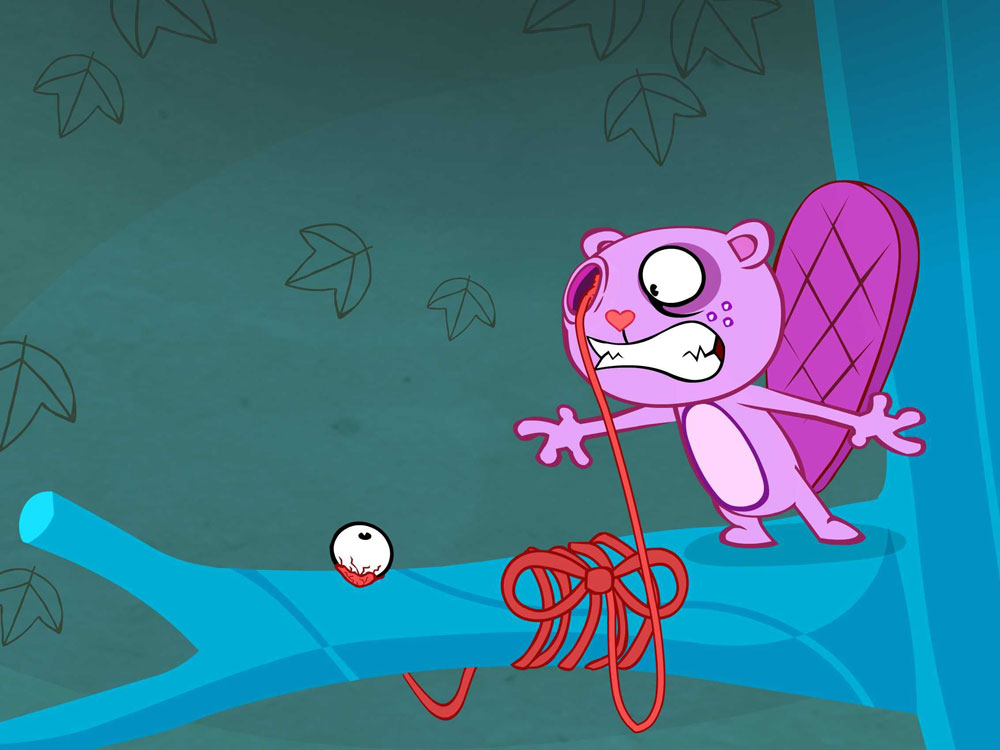
Winner of the Pulitzer Prize, the journalist Katherine Ellison published in 2005 in the Washington Post a chronicle entitled "What's Up, Doc? A Bloody Outrage”. Will The newspaper that revealed the Watergate scandal destroy Cuddles the rabbit, Giggles the squirrel and Petunia the pew? The gore rantings of these delightful creatures is said to be a source of serious physical and mental health disorders in young children. Despite the fact that the producers of the animated cartoon series took the precaution to warn against watching of this series by kids under 12: “Not for Small Children or Big Babies” as proclaimed casually by the warning board. Nonetheless, Katherine Ellison calls upon the supreme and almighty authorities: science and neuroscientists. Marco Iacoboni is a professor of Psychiatry and Biobehavioral Sciences at UCLA. He is also a Director of the Transcranial Magnetic Stimulation, one of UCLA's Brain Mapping Center institutes. According to the scientist, the path of imitation is already paved. One assistant in the background is peeling a clockwork orange. Not only the Happy Tree Friends series desensitizes the child in regards to violence, but it acts also as an invitation to behave violently. The squirting brains would be an invitation to squirt out brains. Delectable tautology. Aristotle, in Poetics, does not say it differently: “First, the instinct of imitation is implanted in man from childhood, (...) and through imitation he learns his earliest lessons; and no less universal is the pleasure felt in things imitated.”
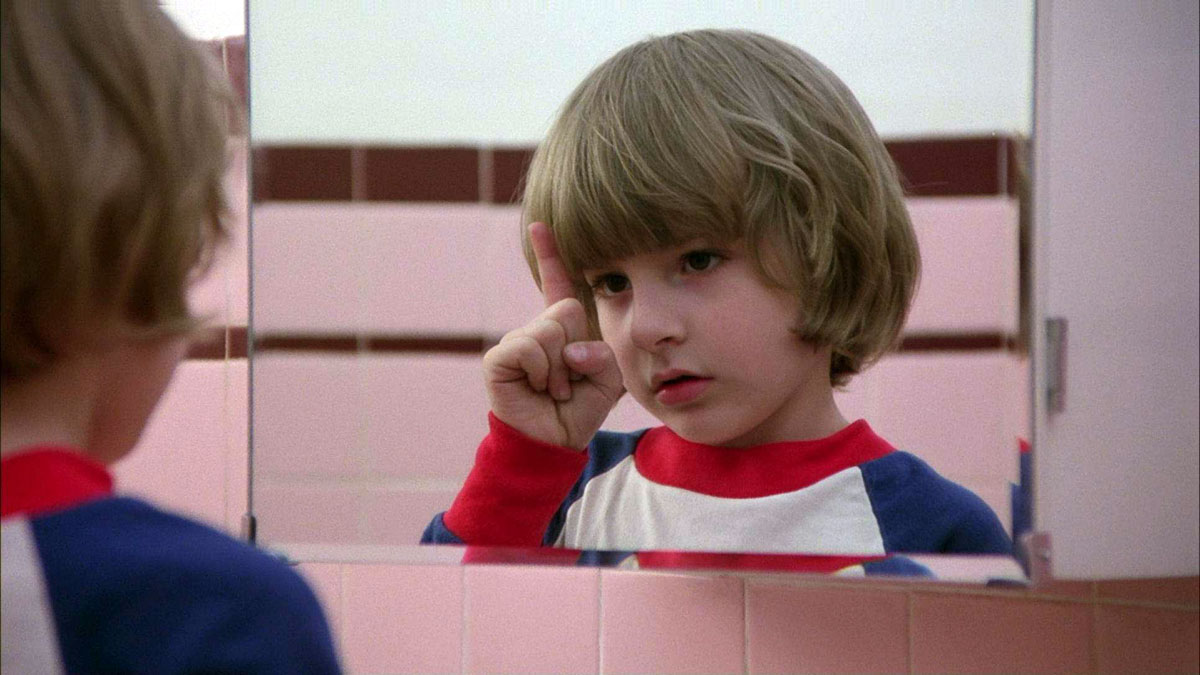
Danny Torrance played by Danny Llyod in The Shining - Stanley Kubrick - 1980
If the brain is the place of the imitation, it is also the place of the inner voice, of this disturbing voice whose meaning one cannot always understand. Beep Beep. Danny, a little boy, is eating a peanut butter sandwich while watching a cartoon: the adventures of Wile E. Coyote and the Road Runner. Danny's parents nicknamed their child Doc' in reference to Bugs Bunny's famous catchphrase: “What’s up Doc’?” “A Bloody Outrage”, would answer Katherine Ellison in her Washington Post article. Beep Beep. Danny's best friend is called Tony. Tony speaks in Danny, Tony lives inside Danny's mouth. Beep Beep. Tony, through Danny, speaks in a voice that is recognizable among all, a toon voice. Tony defies the laws of physics and logic. Tony is, as we recognized, the Kubrickian toon from The Shining. Tony shines and stimulates Danny's transcranial magnetism. Shamanic, showy toon, it is the one who shows and protects from the world of horror, ghosts and madness. Tony, the toon, sees gore. It reveals the abject, the unspeakable, the irrepresentable. In its way, Happy Tree Friends embodies the primitive, ominous and cartoonesque scene of the horror.
The disturbing strangeness is the nature of the cartoon and the deluge of violence is a dimension inherent to its history. This cartoon violence peaked between 1942 and 1944 during the participation of the Hollywood studios to the war effort. But it is in August 1945, in Japan, that the toon fully reveals the full extent of its wrath. Earth witnesses the arrival of two great mowers tumbled from the sky in their mantle of uranium, plutonium, ashes and light. And Death wears the face of Little Boy and Fat Man. As this is how the two atomic bombs are called, just like two cartoon characters: Heckle and Jeckle, the chatty, twin-looking and singing magpies, or Droopy and Dripple, the two hounds from Tex Avery. Droopy the father and Dripple the son, Droopy Fat Man and Dripple Little Boy. History becomes apocalyptic and the apocalypse becomes a cartoon. It then becomes essential to apply to the cartoon and to Happy Tree Friends what Macbeth, in his strange madness, said about life: a tale told by an idiot, full of sound and fury, signifying nothing.
TAGS : mondo kawaii, Cuddles, Giggles, Lumpy, Toothy, Nutty, Flaky, Flippy, Petunia, Splendid, Disco Bear, Happy Tree Friends, toons, hysteria, Alma Ata, Kazakhstan, Sergueï Eisenstein, Walt Disney, Borat Sagdiyev, Mickey, Disneyland , Sovietland , Bambi, MGM, Ars gratia Artis, Hollywood, Tex Avery, Bugs Bunn, Daffy Duck, Droopy, Screwy Squirrel, Kenn Navarro, Superflat, Takashi Murakami, Kawaï, Hello Kitty, Alan Turing, Webisode Series, Gore, Mondo Mini Show, Mondo Media, Mondo, Russ Meyer, John Waters, Mondo Topless, Mondo Trasho, Metaphysics, Aristote, Homer, Iliad, Poetics, slapstick, Commedia dell’arte, Katherine Ellison, “What’s Up, Doc ? A Bloody Outrage”, Marco Iacoboni, UCLA, Bip Bip, Coyote, The Shining, Little Boy, Macbeth, Alessandro Mercuri
NEXT POST >>










